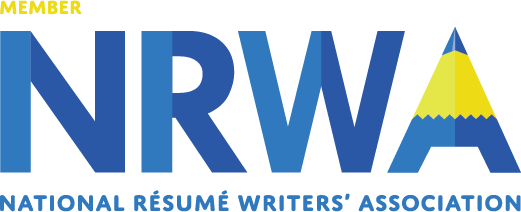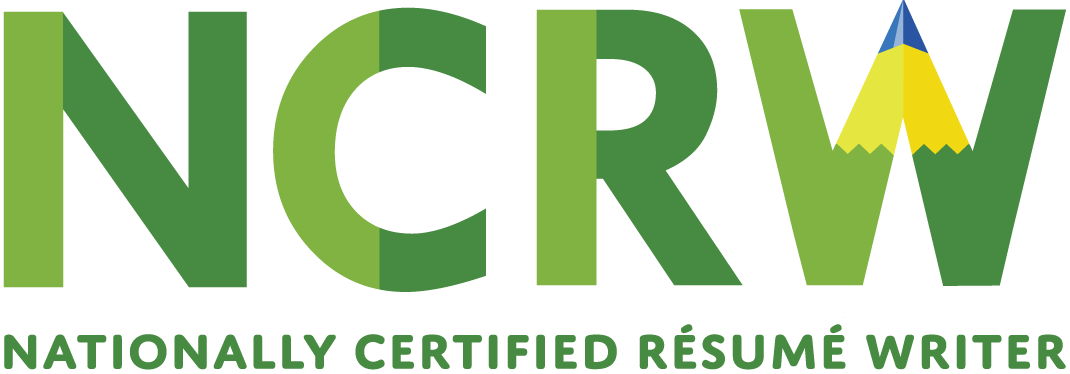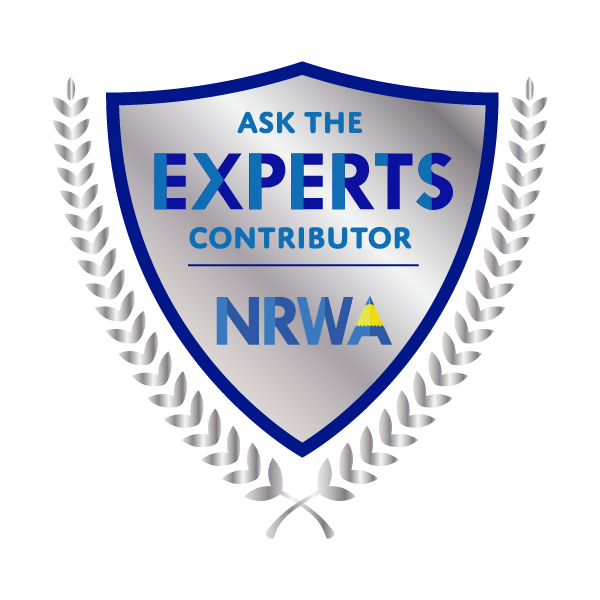By Mary Jo King, NCRW, NCOPE
There are two traditional formats for résumés. Most common is the chronological format, which presents your employment history in reverse chronological order. Used less frequently is the functional format, which organizes your abilities by skill category. Interestingly, a combination of the two formats is usually the more effective approach.
Imagine you are a hiring manager with a stack of résumés on your desk. If you read each one from beginning to end, the effort will consume the whole day. Instead, you quickly scan each document, categorizing applicants into Qualified, Maybe, and No groups.
A combination résumé that opens with a functional summary of your background will facilitate the human scanning process, and a subsequent chronological work history provides the details employers need to make interview decisions.
Special Circumstances
1) Career change: Your challenge is to show employers how skills acquired in another industry will transfer to a new position. Use the functional summary to demonstrate your skill set in more general terms..
2) Short-term job history: Create a well-developed summary and include sample performance metrics. Then, de-emphasize employment dates by showing year-to-year terms. Alternatively, or in addition, place your terms of employment after job titles rather than on the margin.
3) Employment gap(s): Small gaps will not be a problem for most employers. Longer terms of unemployment must be addressed, or at least de-emphasized in the same way you would handle short-term employment. Explain significant gaps whenever possible.
4) New graduates: If you have employment history with transferable skills, begin with a summary that reflects both your education and your experience. If you lack notable experience, begin with your education and highlight pertinent aspects of your curriculum.
5) No degree: Communicate the breadth and success of your background in the opening profile. Position your education at the bottom of the résumé, and be sure to include any other professional development, such as seminars and specialized training.
6) You’re accomplished: Congratulations! Prospective employers want to know what you have accomplished in previous positions. Highlight achievements in or after the summary. Add more detail in within position descriptions.
Final Thoughts
Avoid using templates and so-called “resume builder” services. Most use formatting structures that are not compatible with ATS systems, including MS Word templates.
Leave plenty of “white space” on your résumé. A wall of text is off-putting for the reader.
Worry less about length than content. If it takes more space to build an effective marketing tool, use it. It is a myth that your résumé should only be one page long.
Use bullets sparingly for maximum impact.
Begin sentences with active verbs to lend a sense of energy to the document.
You are not obligated to detail your entire career. The last decade of employment is the most relevant for employers.
Above all, be prudent, but honest. You can’t begin a great relationship with a lie.









Comments are closed